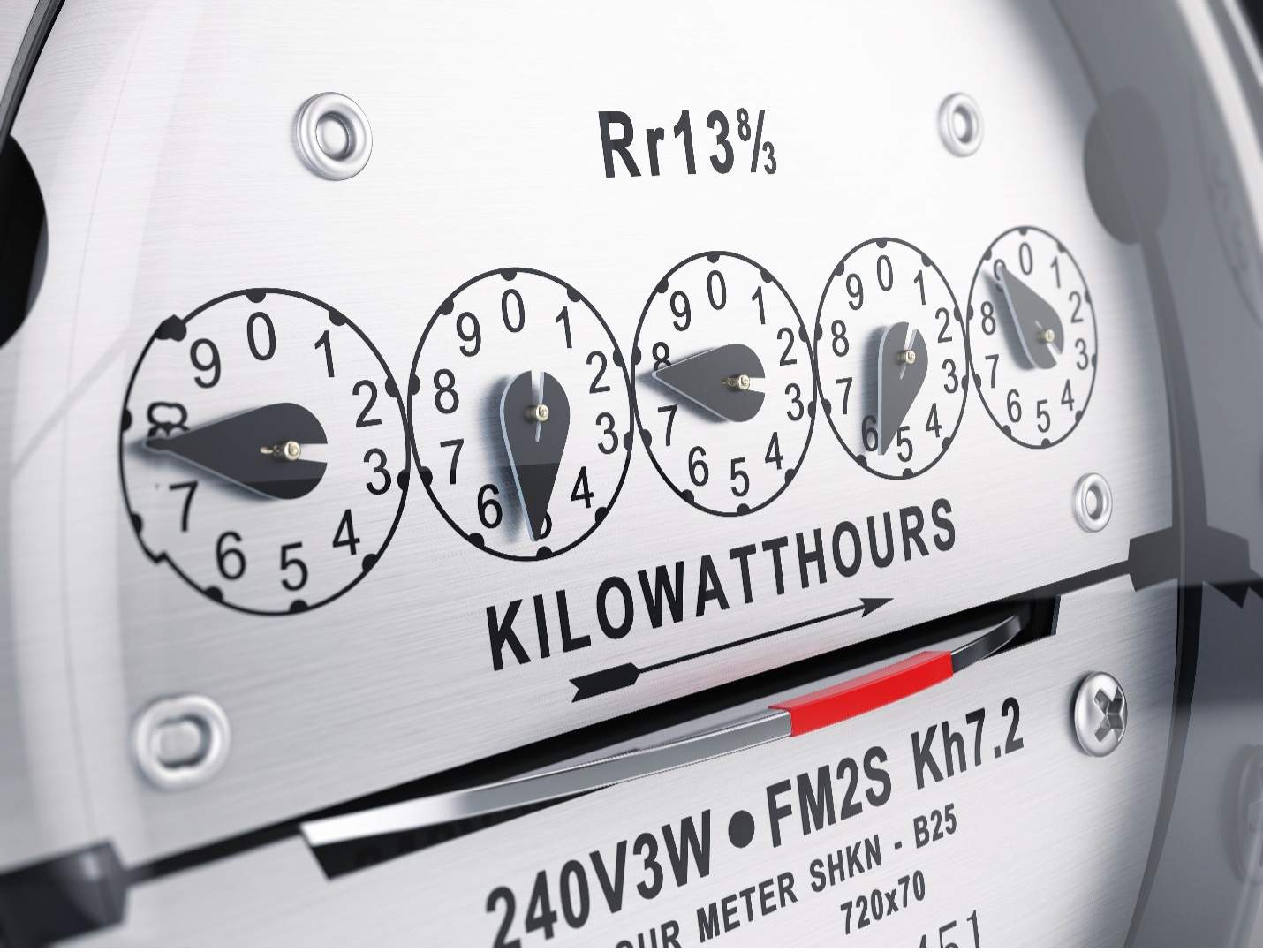Kilowatt-Hour (kWh)

What is a Kilowatt-Hour?
Kilowatt-hours (kWh) measure the total amount of energy that an appliance uses in kilowatts over the course of one hour. This is typically the base unit used when dealing with the delivery and distribution of electrical energy to consumers. The power used in our day to day lives can add up very quickly if high power devices are being used frequently. Understanding kilowatt-hours can help shape educated decisions regarding power usage, potentially saving a ton of money in electricity bills.
How are Kilowatt-Hours Calculated?
If you want to calculate kWh yourself, most household appliances should have the electricity rating posted in the user manual, listed on the appliance itself, or available somewhere on the manufacturer’s website.
The cost of usage for powering an electrical device is determined by multiplying the appliance’s power consumption in kilowatts by the running time in hours, and by the price per kilowatt-hour. The price per kilowatt-hour will vary based on location.
The formula is as follows: 1 kWh = 1 kW * 1 hour
For example, if you use a 100-watt lightbulb to light your home, the bulb will need to be powered on for 10 hours in order to equal one kilowatt consumed.
Utility companies will measure kWh in individual homes or businesses with a digital meter right on the outside of the building in order to keep track the power being used at all times.
How to Limit Your Kilowatt-Hour Usage?
If you are looking to keep your monthly electric bills as low as possible, here are a few easy practices that may potentially save you some money long term:
Replace fluorescent lights with LED lightbulbs – LEDs last up to ten times longer than standard bulbs, and while they may cost more up front, they use a minimal amount of power and will cut costs long term.
Turn off the lights when you leave a room – This one is simple. If you don’t need to be in the room, leave the lights off.
Unplug or turn off appliances when you don’t need them – Much like the lights, if you aren’t using it, there is no reason for it to be plugged in and using power.
Buy smart power bars with usage timers – Power strips with smart technology can be found for cheap, and allow the user to control power, timers, and the schedules of any appliance plugged in.
Replace older appliances with newer appliances designed to use less power – Older appliances use far more power than newer ones. Swapping out your old equipment will not only decrease your monthly electricity bills, but also reduce greenhouse gas emissions.

